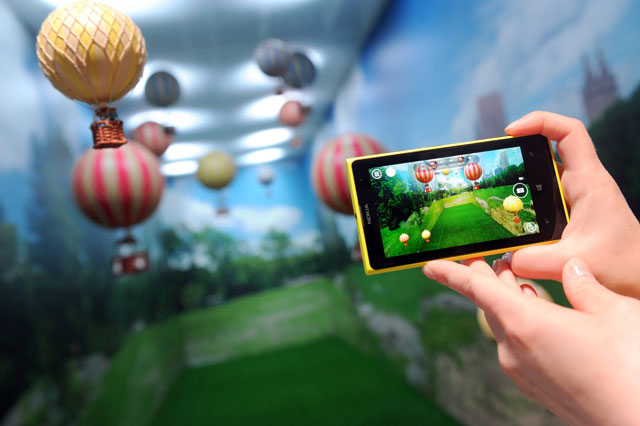 There was a time, oh, 10 years ago, when consumers used to salivate at the prospect of a new handset from Nokia. From the 2004’s computer-cum-phone, the 9500 Communicator, to 2007’s multimedia powerhouse, the N95, it used to be that for many people that the only option when it came to upgrading their handsets was to get another Nokia.
There was a time, oh, 10 years ago, when consumers used to salivate at the prospect of a new handset from Nokia. From the 2004’s computer-cum-phone, the 9500 Communicator, to 2007’s multimedia powerhouse, the N95, it used to be that for many people that the only option when it came to upgrading their handsets was to get another Nokia.
Then, on 29 June 2007, a nuclear bomb went off over Nokia headquarters in Espoo, Finland.
That was the date Apple’s original iPhone went on sale. Dismissed originally as a toy by competitors — perhaps most notably by former BlackBerry co-CEO Mike Lazaridis — the iPhone went on to change the fortunes of every player in the industry. Only Google, with Android — which was introduced a year later — has escaped the fallout without severe radiation burns.
With one world-changing product, Apple showed that Nokia had fallen far behind the curve. The Symbian operating system it had relied on for many years was no longer good enough — unlike Apple’s new iOS (and Google’s even newer Android), it couldn’t power the next generation of larger-screen touch-screen phones that would come to define the world of smartphones.
Three generations of iPhone later, in 2010, Nokia tapped former Microsoft executive Stephen Elop, who sparked immediate controversy by kicking Symbian (the now-famous “burning platform”) into touch and also ditching plans to develop a more modern operating system called MeeGo. Instead, Elop, who had looked after the Office money spinner for Microsoft, turned to his former employer, betting Nokia’s future on Windows Phone.
It was a risky move. Microsoft had also been caught napping by Apple, and was scrambling to reinvent its terribly dated Windows Mobile operating system for the modern era. Microsoft chose a radically different approach, favouring a new type of graphical user interface driven by “live tiles” rather than the icons-based approach favoured by Apple and Google. It remains a controversial design decision to this day, though critics and consumers are warming to it to as a viable alternative.
At the same time, perceptions about the Nokia brand also appear to be shifting markedly. Whereas a few years ago, few consumers — at least at the top end of the market — would have considered a Nokia handset, comments on technology websites and elsewhere imply that the company’s Windows Phone-based Lumia phones are becoming seen as feasible alternatives to devices such as the iPhone and the panoply of Android smartphones from companies such as Samsung and Sony.
There are many reasons for this. For one thing, Windows Phone has matured nicely as a platform. Version 8 is a stable, fast and modern operating system. Windows Phone still lacks key applications — possibly its biggest problem — but that is changing fast. Even Instagram, the wildly popular mobile photo-sharing software owned by Facebook, is coming to the Microsoft platform later this year.

Also, Nokia is making great hardware — quite possibly the best it’s ever made. The Lumia range is distinctive for its range of bright colours, especially for the midrange models, something Apple — yes, Apple — has mimicked with its new, cheaper iPhone 5c phones. But more importantly, Nokia is innovating at pace again, in both hardware and software. The 41-megapixel PureView camera with optical image stabilisation technology built into the new Lumia 1020 is the best in the business. Nokia now has a range of Lumia hardware to suit a wide range of tastes and budgets.
Last month, Microsoft and Nokia, already joined at the hip, announced they would merge. The software maker offered €5,4bn in cash to buy the Finnish company’s devices and services business and to license its patents and use its mapping services. The deal included a €1,5bn line of credit, which, curiously, Nokia drew on fully within days. That suggested it may have been in danger of running out of cash, something Microsoft simply couldn’t afford. It would have left Windows Phone dead in the water.
Even if the deal was in part bailout, there’s no doubt that consumers are warming to the Lumia brand and to Windows Phone. Nokia is getting its groove back. Outgoing Microsoft CEO Steve Ballmer may have just made the smartest acquisition of his 13 years at the helm.
- Duncan McLeod is editor of TechCentral. Engage with him on Twitter
- This column was first published in the Sunday Times




